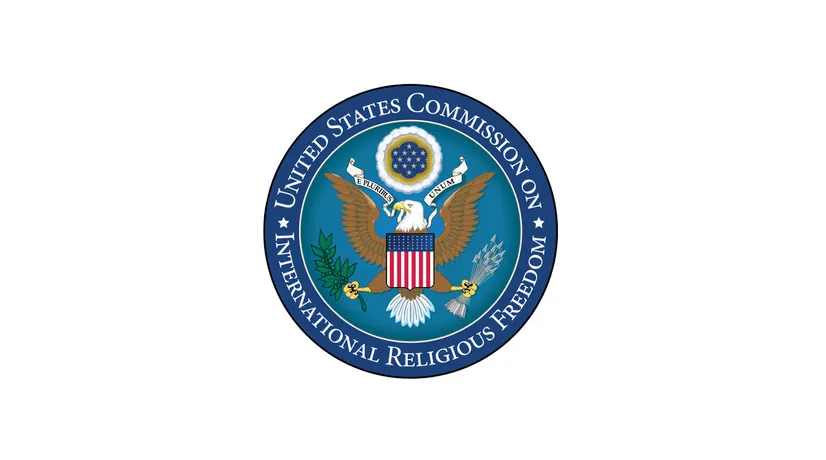United States Commission on International Religious Freedom 2023 Annual Report

In 2022, religious freedom conditions in Burma continued to over 1.1 million people during that same timeframe, bringing the decline significantly. Since staging a military coup in February 2021, the country’s junta—the Tatmadaw—has ruled through the State Administration Council (SAC) under the leadership of General Min Aung Hlaing. The SAC maintains full control of only an estimated 17 percent of the country’s total territory, and in that limited space it has significantly cracked down on all dissent and freedoms.
Throughout the year, the SAC continued to link its legitimacy to the sponsorship of Burma’s Buddhist majority. In August, Major General Zaw Min Tun promised that any verbal, written, or online post insulting Buddhism would be punished according to the law. In July, General Hlaing joined two Buddhist monks in consecrating a replica of Shwezigon Pagoda in Moscow, Russia. In March, it was reported that since the time of the coup, the junta had destroyed, raided, and looted at least 30 Buddhist monasteries in Sagaing Region and 20 more in Magwe Region. The SAC’s sponsorship is limited to those Buddhist communities that support the junta.
The government violently targeted houses of worship belong- ing to religious minorities throughout the year, with evidence suggesting the SAC is using the same tactics against these com- munities that its forces have deployed against Muslim-majority Rohingyas since 2017. From the time of the 2021 coup through December 2022, government forces damaged or destroyed at least nine Catholic churches in Kloikaw Diocese in Kayah State and severely affected at least 16 out of 38 Catholic parishes. Govern- ment forces have also burned villages of religious minorities and even members of the Buddhist majority, destroying homes and houses of worship and schools in the process. The conflict displaced
total of internally displaced persons (IDPs) in Burma to 1.4 million. This number includes 121,000 from religious minority communities as well as from majority Buddhist groups within Kachin and Shan states. The SAC has deliberately blocked the delivery of humani- tarian aid to vulnerable populations.
The increasing conflict between the SAC and the various eth- nic armies, as well as forces aligned with the opposition National Unity Government (NUG), have caused the conflict to spread to approximately 83 percent of Burma’s territory. Growing evidence reveals that neither the SAC nor the NUG have the ability to con- trol many of the territories within Burma, including the regions in Rakhine State that are or were formerly home to the Rohingya community. Instead, the ethnoreligious militia known as the Arakan Army (AA) has become the dominant political force in that region, lessening the influence of both the SAC and the NUG in Rakhine State. Some members of the Rohingya community who spoke with USCIRF reported that in addition to the Tatmadaw and other Burmese authorities who drove them out of Rakhine State, the AA has also targeted members of their community. The AA has yet to reverse its past opposition to the presence of the Rohingya community in Rakhine.
International efforts to hold the Burmese authorities and the Tatmadaw legally accountable for atrocities they committed against the Rohingya community continued throughout 2022. Related cases were ongoing at the International Court of Justice (ICJ), the International Criminal Court (ICC), and in Argentina under the prin- ciple of Universal Jurisdiction. In July, the ICJ dismissed the SAC’s objections to the case, allowing it to proceed.
View the original
Announcements
28 February 2025
Asian NGO Network on National Human Rights Institutions , CSO Working Group on Independent National Human Rights Institution (Burma/Myanmar)
Open letter: Removal of the membership of the dis-accredited Myanmar National Human Rights Commission from the Southeast Asia National Human Rights Institution Forum

Progressive Voice is a participatory rights-based policy research and advocacy organization rooted in civil society, that maintains strong networks and relationships with grassroots organizations and community-based organizations throughout Myanmar. It acts as a bridge to the international community and international policymakers by amplifying voices from the ground, and advocating for a rights-based policy narrative.